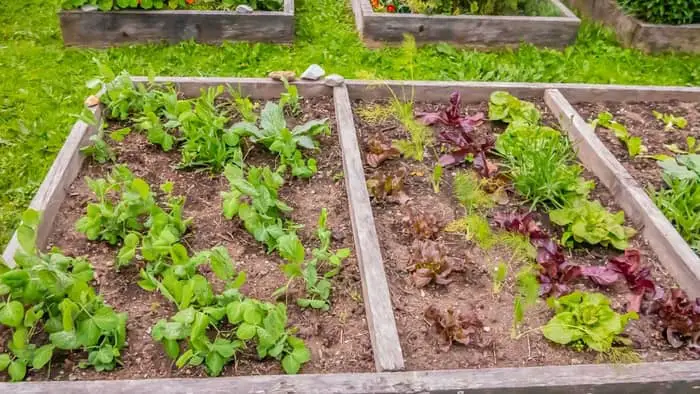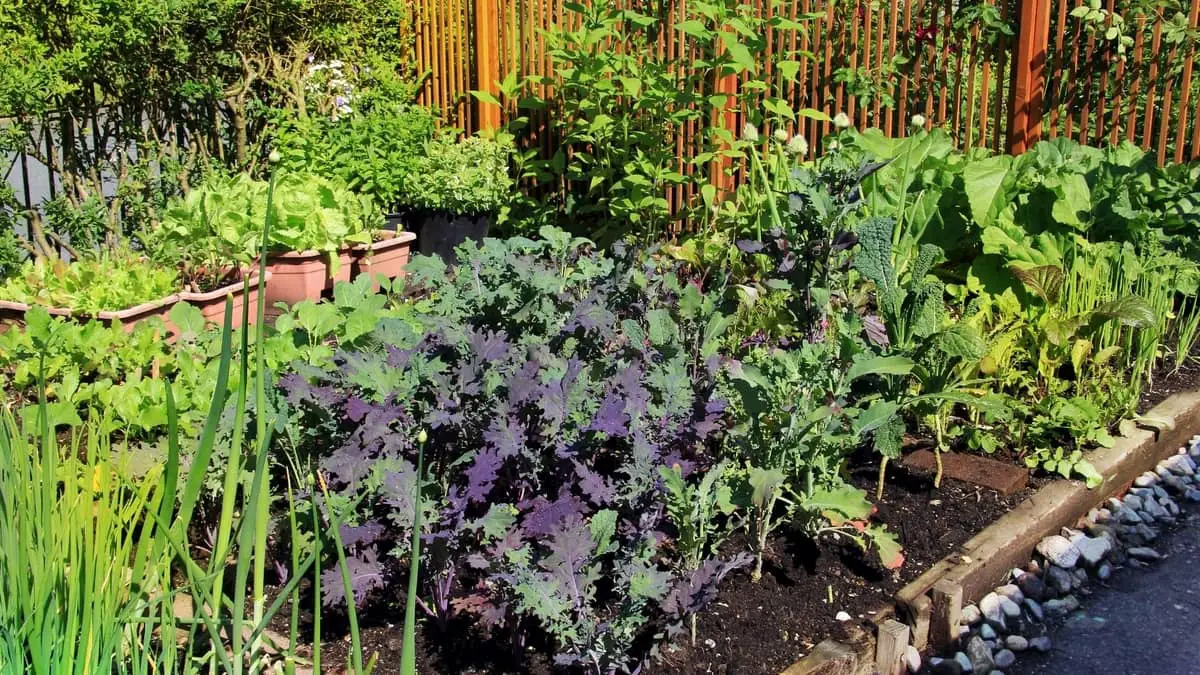Last Updated on August 30, 2022 by Griselda M.
It is essential to have a beginner basic vegetable garden layout to help you plan your garden at ittotages to give you more crops.
If you are a beginner in gardening, you ought to plan your new garden well in advance. This will help you to decide on the shape and layout of your garden, and the kind of plants that you want to grow in it.
It also helps you in choosing the best soil for your garden as well. Your garden will be most productive if you give adequate space for each type of plant you wish to grow. The best way to do this is by designing the best layout for your garden.
A Beginner Basic Vegetable Garden Layout
If you are a beginner, it is better to have a vegetable garden layout ideas beginner’s guide in mind, which will help you plan your garden and give you a good idea about the different vegetables that you can grow.
A beginner garden does not need any fancy equipment, and if you can make use of a few tools and a few containers, you can get started with your gardening. In this article, we will cover the basics of a beginner basic vegetable garden layout, that will help you start your vegetable garden.
A beginner basic vegetable garden layout should include:
Square foot garden layout
Square-foot gardening makes good use of spaces. A square foot garden is made up of 4 x 4-foot deeply-raised beds that can be densely planted for multiple harvests. This garden layout is a helpful method, especially for beginner gardeners.
Backyard garden layouts
Your backyard has many demands placed upon it. Overall, a garden in your backyard is a good idea. Backyard garden layouts mostly include traditional in-ground rows or raised garden beds or a mixture of both. If you choose to have a backyard garden, ensure that you protect it from trampling, dogs, or stray footballs.
Raised bed garden layouts
Raised beds are common and are often framed with bricks, wood, or other materials. You can fill them with compost, a mixture of high-quality potting soil, or leaf mold. They are excellent for most difficult areas such as very wet soils, stony areas, or nutrient-poor soils.
Kitchen garden layouts
Kitchen gardens have been some of the best throughout many generations. They are convenient because they are just outside your kitchen door. You can grow many fresh herbs and vegetables in them. Kitchen gardens are planted throughout the season for a continuous supply of fresh food for the kitchen.
What You Should Know About a Basic Vegetable Garden Layout
When considering starting a basic vegetable garden, there are a few things to put into consideration. They include:
-
Vegetable types and varieties
You can choose between growing vegetables from the same family or planting vegetables from different families. Different vegetable types have different characteristics and require different amounts of space. If you want to grow a particular type of vegetable, then you should know the amount of space required by each variety and choose the right ones for your garden.
For instance, you can choose between growing tomato plants indoors and growing them outdoors. Indoor tomato plants do not need as much space as outdoor tomato plants. Similarly, you can choose between growing eggplant and cucumber in the garden or growing them in a container.
-
Space
The amount of space you will need depends on the number of vegetables that you want to grow, as well as their growth rates. You should also consider the size of the space available to you.
-
Soil type
Different vegetables require different types of soil for proper growth. If you do not have the right kind of soil, then you can buy it or make your own mix at home. You can also add nutrients to the soil to give your vegetables the necessary nutrition.
-
Watering
It is very important to water your vegetables regularly so that they can grow properly.
-
Fertilizer
Vegetables require fertilizer in order to grow well. Different types of fertilizer are available. Choose one that suits the type of vegetable that you want to grow.
-
Harvesting
Some vegetables can be harvested at an early stage while others need more time to mature. So, you should know when to harvest your vegetables in order to get maximum productivity from them.
Final Thoughts
The beginner basic vegetable garden layout is a must-have plan for a new gardener. The layout will ensure that you are planting suitable vegetables at the right time in the right place. You will know what to plant and when to plant it.
You will also be able to tell if your plants are getting enough water. In addition, it will give you a good idea of how much space you need to grow different crops.
This guide is a step-by-step guide to help you get started with your vegetable garden. The layout plan will help you find the best location for your garden as well as give you an idea of how much space you will need. You will want to take into consideration what vegetables you would like to grow and how much space you have available for them. It is important to remember that you do not need a large garden to grow vegetables.

Frequently Asked Questions
How do you start a vegetable garden for beginners?
The basic principles of starting a vegetable garden are very simple. The first thing you should do is to choose a place where the sun shines all day long and where it will not rain too much. After that, it is best to have a plan or at least a sketch of how your garden will look.
How do I layout my vegetable garden?
You can divide your garden into three sections:
A section for vegetables that grow well in full sun: cucumbers, melons, peppers, tomatoes and eggplants. These plants should be spaced about 1 m from each other. You may also use the space between the plants as a buffer zone between the plants and the garden fence.
A section for vegetables that need a lot of sun: squash, zucchini, watermelons, onions, carrots and garlic. These plants should be spaced at least 2 m from each other.
A section for crops that need less sun: lettuce, spinach, kale and herbs. These plants can be planted closer together.
What vegetables should not be planted next to each other?
You may want to avoid planting certain vegetable side by side. Plants that compete for nutrients should not be planted together. Examples include; beans and onions, celery an carrots, potatoes and sunflowers.
Caroline is a gardener who loves to get down to the nitty–gritty of gardening. She proudly proclaims herself as a ‘dirt worshipper‘ and can often be found deep in the garden, covered in soil and singing to her plants. As a self–proclaimed ‘plant whisperer‘, Caroline believes that plants need love and attention just like any other living thing, and she loves to give them both. When she‘s not tending to her garden, you can often find her researching the latest gardening trends, or teaching others how to make their gardens thrive



